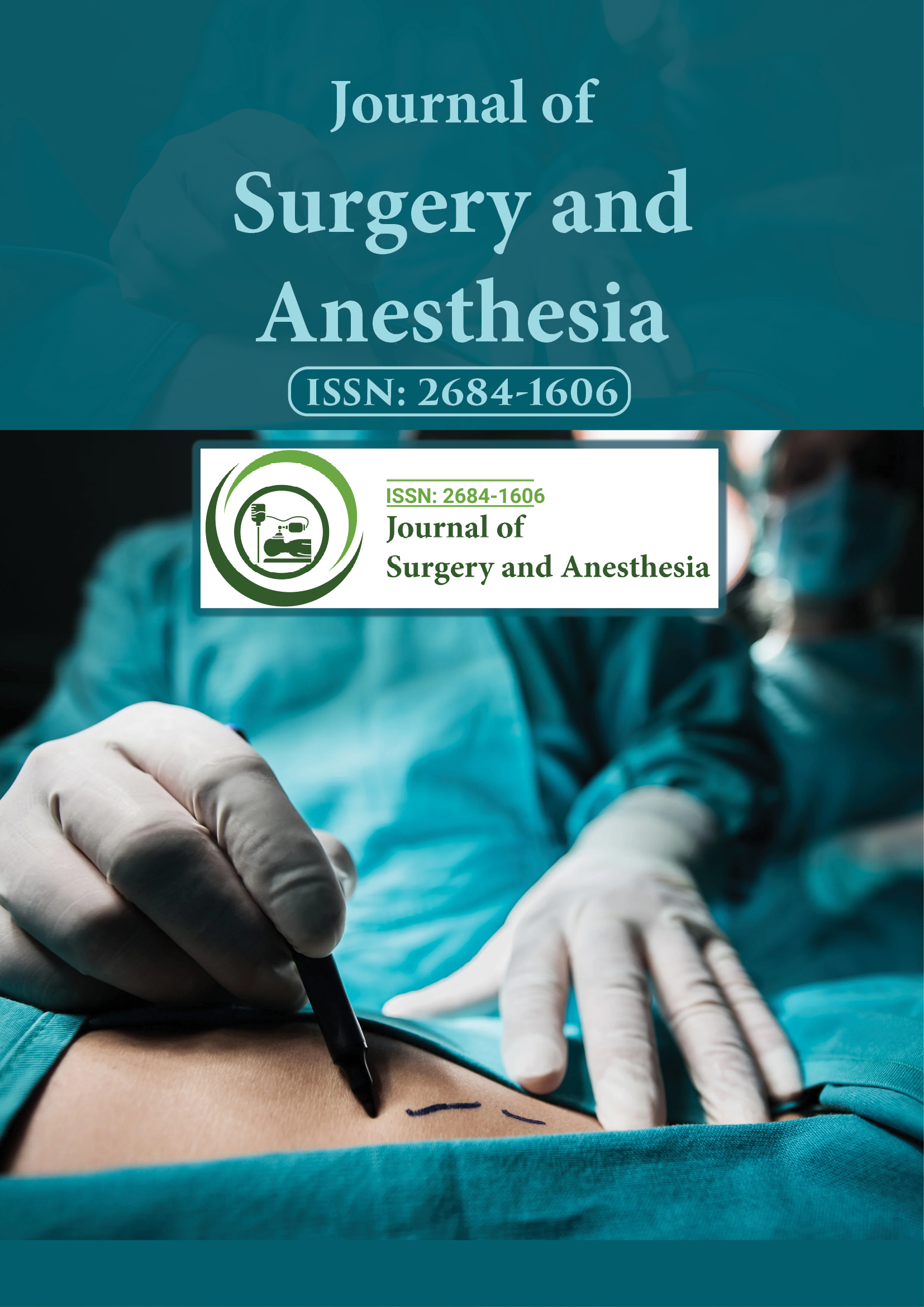Indexed In
- Google Scholar
Useful Links
Share This Page
Journal Flyer

Open Access Journals
- Agri and Aquaculture
- Biochemistry
- Bioinformatics & Systems Biology
- Business & Management
- Chemistry
- Clinical Sciences
- Engineering
- Food & Nutrition
- General Science
- Genetics & Molecular Biology
- Immunology & Microbiology
- Medical Sciences
- Neuroscience & Psychology
- Nursing & Health Care
- Pharmaceutical Sciences
Perspective - (2022) Volume 6, Issue 6
Restoration of the Skull Base Following Endoscopic Cancer Excision
Hogg Edil*Received: 07-Oct-2022, Manuscript No. JSA-22-19167; Editor assigned: 10-Oct-2022, Pre QC No. JSA-22-19167(PQ); Reviewed: 01-Nov-2022, QC No. JSA-22-19167; Revised: 08-Nov-2022, Manuscript No. JSA-22-19167(R); Published: 15-Nov-2022, DOI: 10.35248/2684-1606.22.06.191
Description
In 1979, the endoscopic endonasal approach to the base of the skull was first used in conjunction with a microscope to remove pituitary tumours. In the early 1990s, fully endoscopic techniques were described. Due to improved visualisation provided by a wider field of vision, better operative field illumination, and the ability to inspect anatomical areas with angled endoscopes that are impossible to see using the operative microscope, the endoscope has since replaced the operative microscope in pituitary surgery. This method was first used to remove pituitary tumours, and then it was modified to remove extrasellar skull base lesions. Today, severe, locally invasive disorders such meningiomas and craniopharyngiomas as well as malignancies of the ventral skull base like esthesioneuroblastoma, chordoma, and chondrosarcoma are being managed using fully endoscopic techniques. This Extended Endonasal Approaches (EEA) to skull base cancers have the benefit of offering a direct path to lesions of the ventral skull base, avoiding the parenchymal retraction and traversal of cranial nerves common to transcranial techniques for these tumours. Compared to more conventional open techniques, this less intrusive method is linked to superior neurological outcomes and a shorter duration of stay. The endoscopic techniques provide higher rates of gross total resection than their transcranial counterparts when utilised in the therapy of chordomas and esthesioneuroblastomas. Following endoscopic skull base surgery, post-operative CSF leak is the main cause of morbidity and can result in meningitis or hydrocephalus. Additionally, CSF leak lengthens hospital stays and raises the risk of unscheduled readmission after surgery, both of which have the potential to postpone or stop complementary therapy for patients with skull base cancers. Pituitary adenomas are frequently removed extra-arachnoidally, through a small dural defect that is produced to reach the disease; as a result, there is a minimal risk of CSF leak, which did not appear to rise with the development of the endoscopic approach. Larger bone and Dural holes are required for EEA to skull base cancers, nevertheless, leading to high flow intra-operative CSF leaks that are demonstrably associated with greater rates of post-operative CSF leak. In order to prevent a postoperative CSF leak, it is crucial to repair the skull base after extending EEA to the skull base. The occurrence of this complication has been significantly reduced thanks to improvements in skull base reconstruction, notably the use of vascularized local flaps, which have also played a crucial role in unacceptably high percentage of post-operative CSF leak. The NSF is made up of a vascularized mucoperichondrial or periosteal flap taken from the middle of the nasal septum and pedicled to the sphenopalatine the extension of these therapeutic strategies for skull base malignancy. A recent study by Simal-Julián et al. further emphasises the significance of utilising vascularized flaps as part of a multi-layer, as opposed to a monolayer, repair of skull base defects to stop post-operative CSF leak. In this study, we will outline the most recent techniques for repairing significant skull base defects that cause high flow CSF leaks after tumour removal and describe our preferred technique for doing so. The invention of the Naso-Septal Flap (NSF) by Hadad et al. in 2006 revolutionised endoscopic endonasal skull base surgery and made it possible for this therapeutic approach to become more widely used. Prior to its creation, multiple approaches were used to restore the skull base. These techniques involved using autologous fat grafts and synthetic dural replacements as inlay and onlay grafts that were fastened with fibrin glue and sustained by the intranasal insertion of Foley catheters. It was obvious that a different repair method was needed because, as was already indicated, this procedure was linked to an artery's posterior septal branch.
Citation: Edil H (2022) Restoration of the Skull Base Following Endoscopic Cancer Excision. J Surg Anesth. 6:191.
Copyright: © 2022 Edil H. This is an open-access article distributed under the terms of the Creative Commons Attribution License, which permits unrestricted use, distribution, and reproduction in any medium, provided the original author and source are credited.
